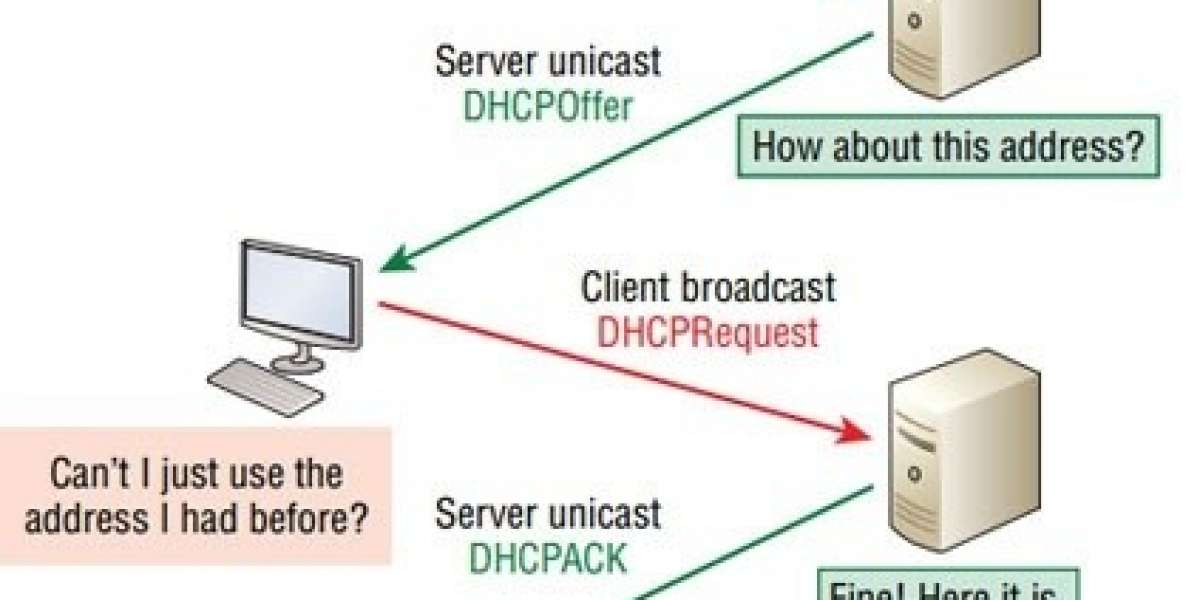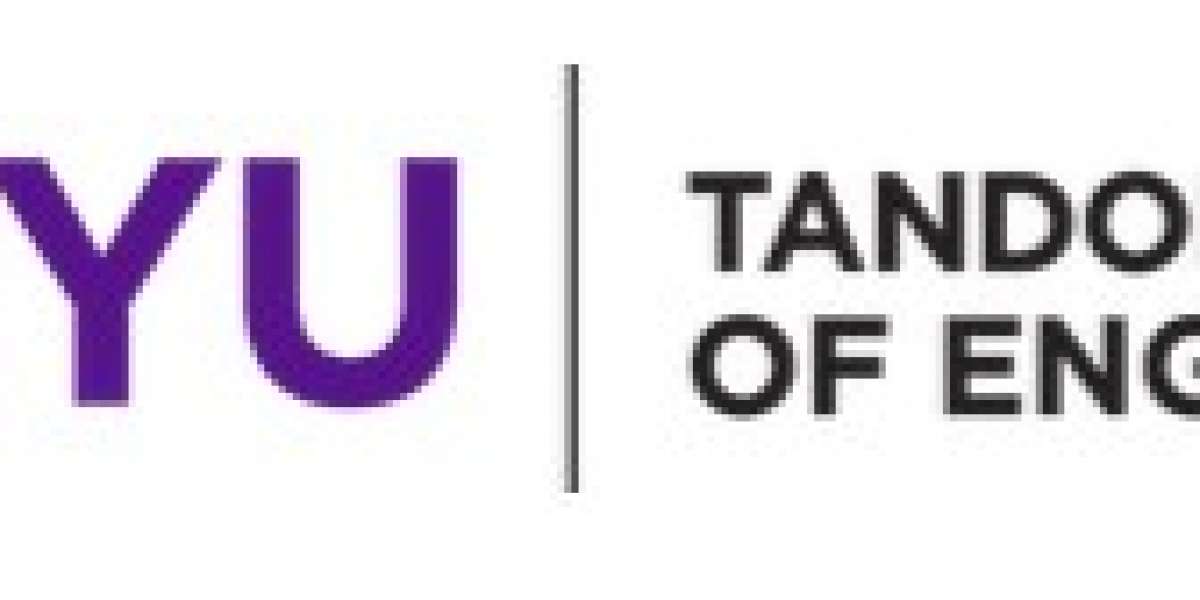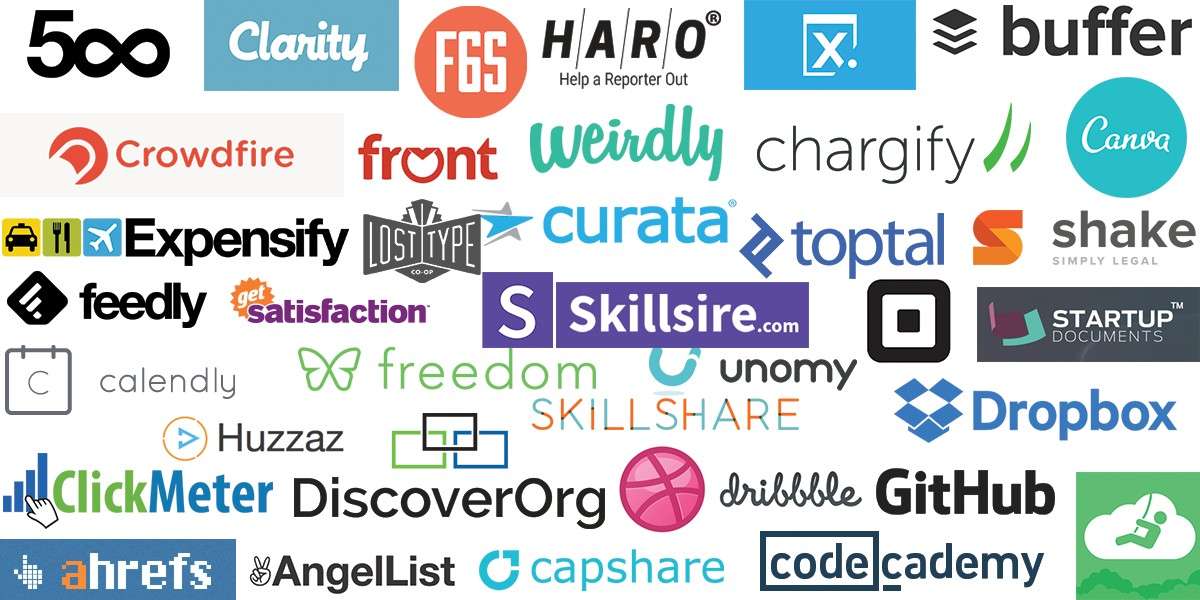Businesses are keen to adopt the most innovative strategies to manage their cash flow, and the rise of Software-as-a-Service and cloud computing are part of those strategies. But new research is offering insight into exactly what kind of software businesses want, and it turns out enterprise resource planning (ERP) tools are no longer in vogue. (PYMNTS, Large Firms Want eProcurement, Not ERP, Software, 2015)
Procurement professionals prefer using e-procurement tools because of several obvious business impacts such as faster return on investment, faster deployment of the tool, stronger expertise of the procurement process, and a greater grasp of the functional requirements of the procurement. That also includes the greater visibility into company spend improves the knowledge of company purchases, assists in optimizing the supplier panel, allows the aggregation and sharing or orders, highlights savings and opportunities by spend categories or by the supplier and, in the end, helps obtain the best commercial conditions during negotiations with suppliers (PYMNTS, Large Firms Want eProcurement, Not ERP, Software, 2015). “The study, “The Drivers and Barriers to Effective User Adoption of Procurement Technologies,” acknowledged the ability of EPTs (Enabling Procurement Technologies) to improve operations on both sides of the procurement transaction. The data obtained from digital procurement tools, for example, can arm buyers with hard facts about their purchasing habits and aid in purchasing decisions like whether to expand their supplier base. This data can also provide suppliers with feedback about their performance. In addition to the internal implementation of digital procurement tools – which, survey respondents agreed, can lead to increased contract compliance and heightened visibility into their companies’ spend habits – these technologies can facilitate faster invoice payments and a more efficient procure-to-pay process for the supplier”. (PYMNTS, The Paradox Of eProcurement, 2015).
The leading driver for e-procurement adoption is the promise of better integration and visibility within the company, followed by the ability to identify new business opportunities and to reach savings goals. The financial benefits of digital procurement alone were considered the strongest incentive to adopt these tools.
According to the report, spend analysis, financial savings management, and procurement contract management are currently the three most popular types of digital procurement technology services being utilized by procurement officials in today’s market. Other popular types of this technology include electronic invoicing, procure-to-pay modules, and supplier portals. These tools, the report concluded, allow procurement officials to automate as much of their job as possible, allowing more time to focus on more strategic efforts. (PYMNTS, The Paradox Of eProcurement, 2015)
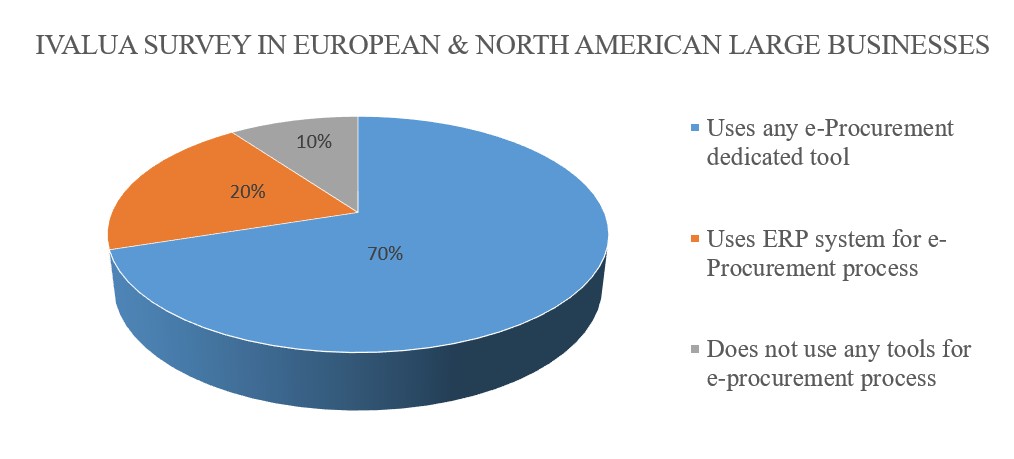
According to the survey done by IVALUA in 2015, we found the above results shown in the graph. Ivalua primarily focused on European and North American large businesses for the survey.
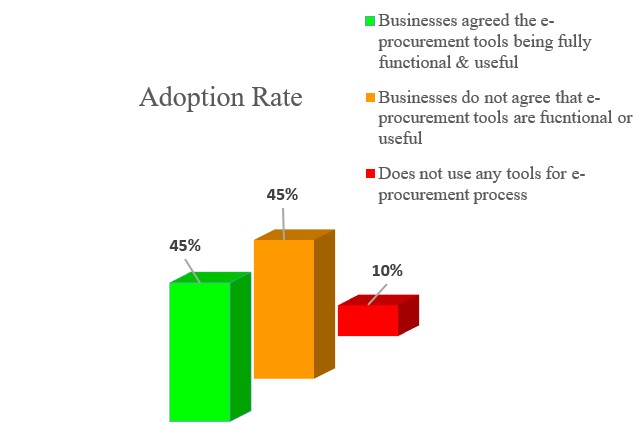
Barriers/ Paradox to e-procurement tool adoption
B2B buyers are often viewed as apprehensive to adopt new technologies in their operations, despite expert consensus (and evidence from the B2C side of commerce) that innovative tools can make the purchasing process much more efficient and beneficial to both sides of the transaction.
It would seem, then, that B2B buyer are somewhat of a paradox: they know procurement technologies are helpful, yet they resist implementing them.
I have been a part of the project execution team for ERP implementation projects in 2 companies so far which had two completely opposite cultures towards the e-procurement ERP system. One company had a completely strict approach towards the use of an ERP system which contained the rules and procedures benchmarked that didn’t allow the acceptance of any quotes coming via conventional way (Phone or e-mail) from the suppliers. This kind of culture helped the company get the ROI from the ERP system they had bought. They saved a lot of time, effort, and reports were automated. There was always the track of each and every quote (Round 1/Round 2 and so on) that any supplier had quoted which reduced human error too much extent.
While the other company had a very laid-back kind of culture towards the utilization of the ERP system. The sourcing process was half done via a conventional way and another half via ERP system which had a lot of human error in tracking any product quotes. There was no benchmark process for the use of the ERP system and the internal stakeholders from different buying units who just complained about the system to be not user friendly while implementing the new ERP system instead of sharing the areas of improvement. Due to the lack of automation and the use of e-procurement tools, it was hard to track the spend and analyze for potential cost reductions.
Management issues, expensive cost of implementation, company culture, and no “buy-in” from users were all cited as leading reasons procurement officials would not implement these tools. Interestingly, procurement officials face more pressure from their own industry than by their suppliers to adopt these technologies.
Procurement officials, the research showed, hold expectations for their procurement tools that are on a similar level to those held for B2C digital procurement and eCommerce. “Users have become so accustomed to nice and streamlined Web experiences they encounter when dealing with B2C sites such as Amazon,” the research report’s author, associate professor of supply chain management at MSU Tobias Schoenherr, said. “Unfortunately, until very recently, many EPTs did not offer this same level of ease of users, but users expected these interfaces also on the B2B side.” (PYMNTS, The Paradox Of eProcurement, 2015)
A new study conducted by Zycus, a procurement SaaS provider, in partnership with the University of Michigan has highlighted just how stark this paradox is within the current community of procurement officials. Through a series of surveys and interviews of these officials in 2014, researchers collected insight about corporate use of enabling procurement technologies (EPTs).

The majority of these respondents were seasoned professionals with an average of 15.7 years in the field. On average, these officials began using EPTs about four years ago. More than one-quarter of respondents are from a major corporation with annual sales of more than $10 billion. Collectively, the responses offer intriguing patterns regarding the relationship between the attitude of these technologies and the actual use of these tools in the workplace. (PYMNTS, The Paradox Of eProcurement, 2015)
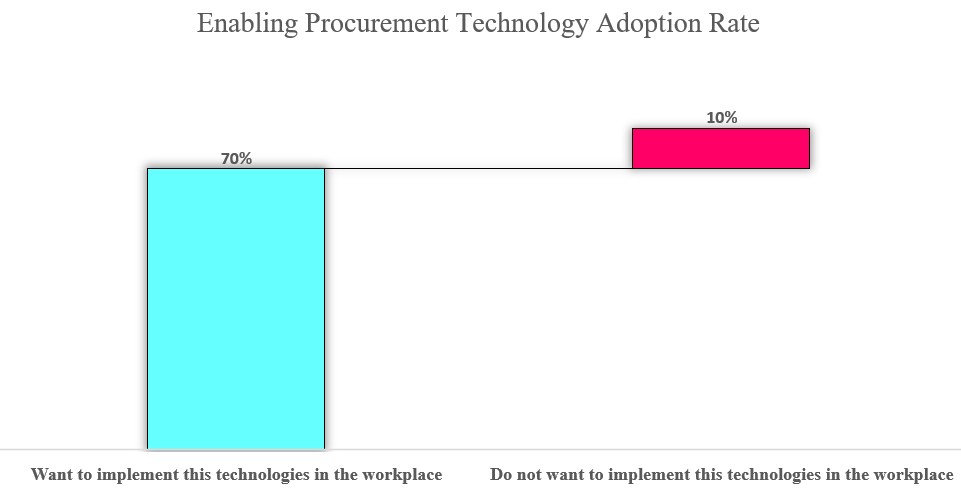
Room for growth
- Procurement officials will need to experience a shift in company culture and mindset to realize the benefits of procurement technology that they already know exist.
- The developers and innovators of these technologies can improve their offerings to encourage greater traction within the procurement community.
- Procurement officials also reported several shortcomings experienced from their existing procurement tools, including a lack of complex reporting capabilities, the need for sophisticated external systems to complement these tools, and concerns surrounding the validity of data obtained through these technologies.
- The companies need to make benchmark processes to use the e-procurement tools for the Sourcing/Bidding, Reporting, Invoice generation etc. purposes. If the company allows the use of conventional ways, then the procurement officials will always find an easy way and not adapt to the change that they know can bring improvement in their daily jobs.
References:
- (2015, May 14). Large Firms Want eProcurement, Not ERP, Software. Retrieved from pymnts.com: https://www.pymnts.com/news/b2b-payments/2015/large-firms-want-eprocurement-not-erp-software/
- (2015, March 26). The Paradox Of eProcurement. Retrieved from pymnts.com: https://www.pymnts.com/in-depth/2015/the-paradox-of-eprocurement/.VVPw7dNViko




